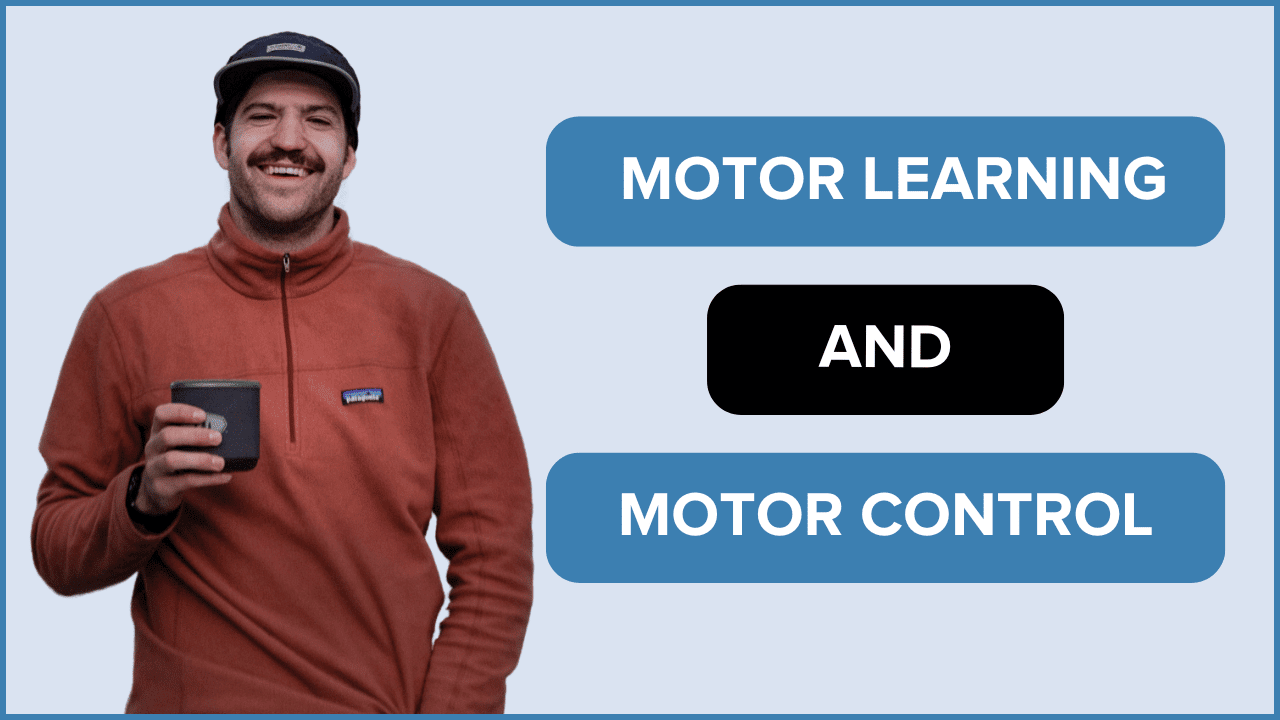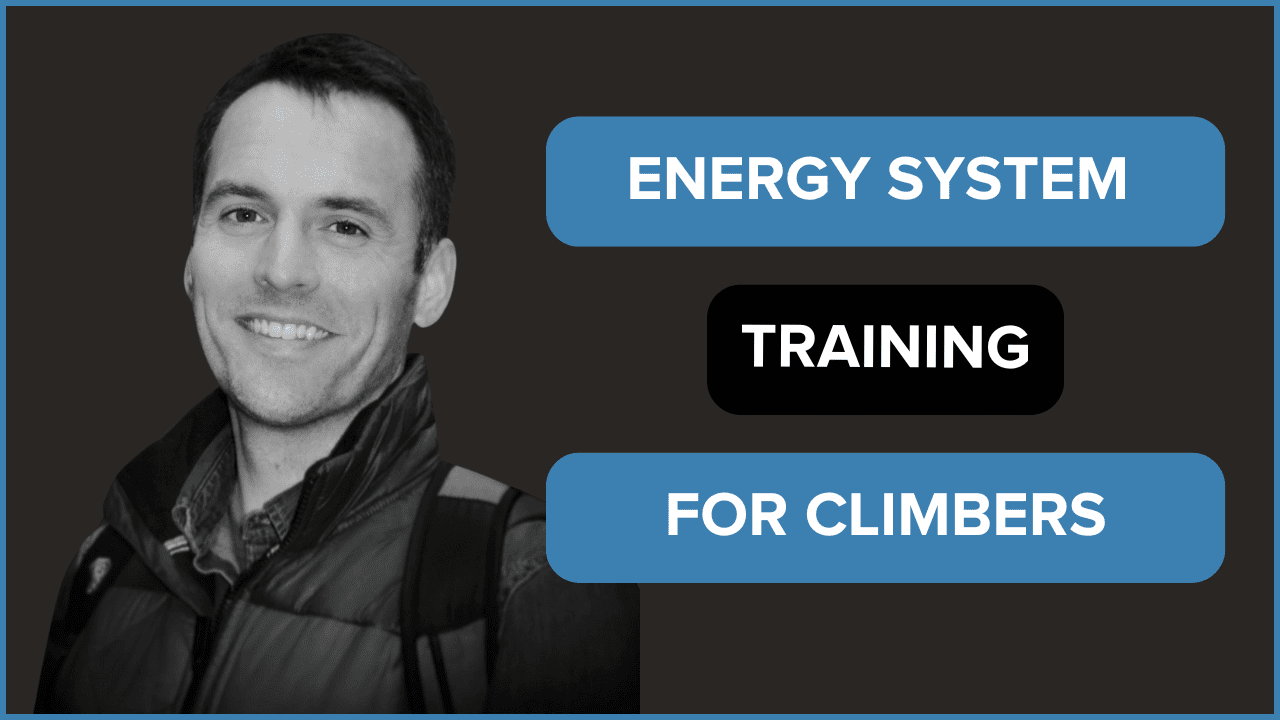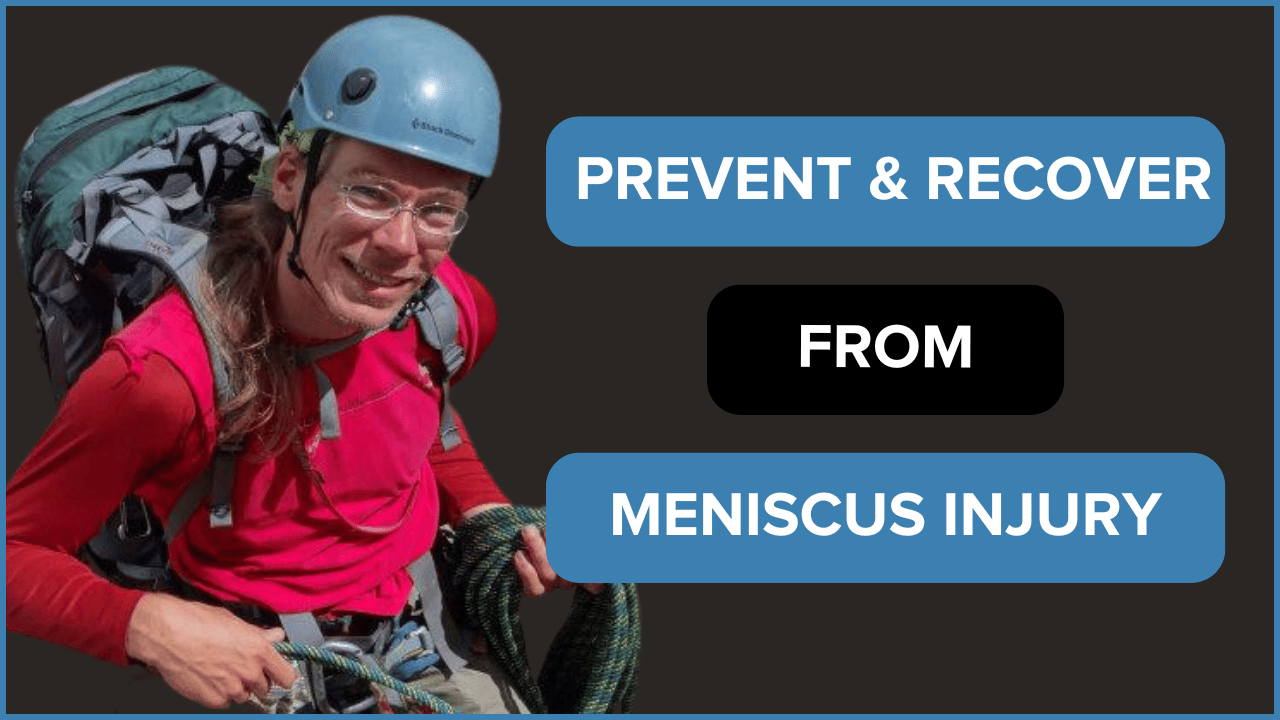S1, E7: Full Body Training for Climbing – Dicki Korb
In this video, The Climbing Doctor interviews world class climbing coach, Dicki Korb, trainer of Alex Megos and co-author of the best selling climbing book, Gimme Kraft! Watch as Dicki shares his thoughts and methodologies from his 37 years of climbing!
Listen on Apple Podcasts, Spotify, or wherever you listen to podcasts!
- 0:00 Intro
- 3:10 Gimme Kraft! and sharing training methods
- 9:16 Contemporary training
- 11:43 Dicki’s go to exercises, warm up tips, and movement practice/preparation
- 24:00 Challenges, risks, and considerations with modern competition climbing
- 27:41 Finger training, campus boarding, and training errors
- 40:50 Changes in coaching since pandemic
- 51:15 Dicki’s general tips for resiliency
- 53:45 Dicki’s info
If you would like to listen to the entire interview with Dicki Korb, check out the podcast. If you want to watch the interview, click the YouTube link or any of the timestamps above. If you would like to read quick sample of the interview, check out the excerpt from the interview below.
Dicki, tell us a little bit about yourself.
My name is Dicki Korb. I’m 55 years old. I’ve been climbing for 37 years. I’m from Nurnberg, Germany. I’ve been a coach and trainer going on 16 years now. It all started with my trainee Alex Megos and my partner Patrick Matros. I’m an educated trainer with German licenses. I’m also a social worker. That is my other job but I’m mainly coaching. We now have a close relationship with Adidas. We are part of the center of excellence when it comes to training, injuries, and rehab. We have some projects together to make some new stuff with athletes, some smaller camps where we go to the athletes, so they don’t all have to come to Germany. We do some workshops around the world when possible.
Overall, you have a lot of content available for the public along with your gym Café Kraft. Can you tell us how it all came together?
Yeah. We started with the Gimme Kraft! Book. I can remember when the book came out, everything started to just fit together. Then people were asking me to help them with training. I think it started with Sasha Digiulian. She was the first athlete to ask. She had come over to the headquarters of Adidas for some business. They suggested to her to try some training with us. She came to train and made some videos. I think this was the start of some professional climbers going to other trainers to get some new input. Training is not a secret. It can only grow when people work together, when trainers work with other trainers, when they talk about ideas. I think all of this together makes the puzzle complete, and we can learn, and we can go on and on with new ideas. Training is constantly changing, and we need to come together and adapt.
With the sport of climbing expanding over the last few years, what have you done differently with your athletes and training? Do you have any personal go to exercises for your upper and lower body?
I think what especially has changed is that we try to do exercises more efficient, and we try to bring in complex training. Climbing is a very complex sport. So, our training is as complex as possible. As for my personal favorite exercise, I really love the rings for your arms and shoulders. I use small elastic loops during to hold my position. It works so well, and you stand there and feel the results immediately. It’s very efficient. You want to do full-range motion exercises. You want full range of motion in the hips. For your lower body do some exercises for your hips, and for your knees. Do some drop-knee exercises for your knee joint which will need more stability. You can work your calves and ankles with some box-jumps. Make sure to start out low and then go higher and higher. There’re other exercises in the book as well.
What about the fingers? Are there any interesting, different ways that you make finger training more specific towards climbing?
My philosophy with finger training is that you should not do it constantly all year long but in sets of four or six weeks and to do this two or three times a year. I’m sure that other people think different, but this comes from my own personal experience. And the idea of this is that when you climb, you always train your deep finger flexors. When you train them too fast you wind up on a plateau. In the beginning of training, it starts out very nice. But then it slows down. They are getting strong really fast, but at the end, it’ll be a problem for your joints, pulleys, and all these other things which have to adapt to this. A lot of climbers will have problems with the pulleys and the joints on the fingers because they train too much and too aggressively. When you have a proper program to train the fingers, be careful, and make sure to be training the rest of your body as well.
During the pandemic, has your coaching changed at all? Are you still seeing everyone in person at the facility or has that been something that has changed as well?
Yeah, some things have changed. We now offer, besides the professional coachings which we have been doing all these years, where we would meet the athletes or climbers in person, we are now offering these online coachings. We worked out a program which works. We struggled a bit with this. With not being able to see the athletes in person and with the question, “How can we do this?” And now we are working with video analyzations where people or the athletes have taken videos of themselves doing exercises. And then we come back to the second session. We split it in two sessions. At first we try to explain the stuff they should do and then they film themselves, and then we talk about what they can change. And we analyze its components. It’s so easy now. You just set up your iPhone in the back and then you record yourself doing an exercise or some of our tests. We do some mobility tests. They film it and then we give them some recommendations for training or whatever they want. Like some just want to talk about their training and want information and the others want coaching stuff. What we always want in the end, when we are finished with this, is that the people have an idea of how to train.
It’s not like, here is this PDF of this plan.
No. I have worked with many, many athletes, and we have written many, many training plans. And at the end, the problem is always that they start with the program and then they have to stop at one point. And they’re then like, “Okay, where should I start again?” We say, “Okay, you have two maximum strength days per week. And now you have to skip one of them.” Should you go on with the one or should you do it next week? And all of these other questions. Now we have to be flexible with this plan. Listen to your body. “I’m tired today.” When you are tired and you feel that your muscles are sore, but on the plan is a day with full maximum campus boarding, for example, “I say, no, not today. We’ll do something different.” You need a plan which fits into this fast-paced lifestyle. Everything changes from one day to the next. And when you feel bad, you need to rest for two or three days. It doesn’t matter. This is not easy to bring up to people. They always love to have a paper or whatever that says, “Okay, today I have to do this. I have to do this, this, this.” People, they want to have these strict plans, but I think change is needed a bit. It makes it way easier. And most of the professional athletes are training this way now. So, yeah, we worked out something like that for our athletes with our online training. With the COVID situation, the pandemic stuff, it’s not so easy to fly around the world now. The times are changing, and I think it’s good when people do not have to come all the way to us in Germany and then fly back. It avoids the whole, “Oh, I don’t feel very good with this.” This is so much better. It just works for everyone involved.
You can accomplish a lot with just watching how people move through all these exercises, and I sometimes think it’s even more powerful because they have those videos ingrained in their heads. Were you surprised with how much you could see with that, and did you always think this could potentially be another avenue to train patients compared to in person.
It is another alternative way, I think. It’s going more and more in the direction of a personal meeting when you’re face-to-face with your athlete. There definitely is a lot of potential because exactly like what you said with the video, they will have a video of it and can utilize that video and our analyzations to become better with training. I will always be able to give them pointers on their training, and then they will always be able to see it again. Then they can make another video and then they can compare the two with each other. Like, “Okay, this was what I was doing in the past and now I’m here.” They’ll be able to see that something has changed. I really like this method. Also, with this method of coaching we’re not just sitting down face-to-face for four hours. So, there is a bit of time in between where the athletes and I can come up with new questions and ideas. There is definitely a lot of potential.
There are some drawbacks as well for sure, and it’s harder for certain things, but it seems like there is real potential there. You’re able to keep going back to review their footage, and you could possibly meet with them later on and go over everything.
It’s definitely different. In the past I was like, “I don’t think it works because I need to do this in person.” Now, even with the differences, I’ve realized it works. It may be different, but it works. I’m pretty happy with it now, even though at the beginning it wasn’t a good experience. We were very skeptical about it. But now we have figured it out and people like it. They use it and they also can come back remotely for even just an hour with some of their questions. Also, by doing things remotely, you don’t have to drive, you don’t have to fly. You’re just sitting face-to-face on your phones or computer talking about some questions or issues. Like maybe they’ve been doing a certain exercise, but now they want to change it, I can show them how to change it very quickly. No traveling or booking hotels is needed. It’s just meeting one hour face-to-face on a video call. I think this may be a positive effect of the pandemic.
So, if you look back on all the years you’ve been climbing and coaching and think about the athletes you’ve trained yourself, is there any global advice you could distill down as to what makes athletes or climbers more resilient or something that can help them prevent injuries? Is there anything that pops in your head such as an overarching idea or theme that has kind of stuck over that time?
Hmm. That’s a tough one. My top one from my own personal experience is that most athletes I have met came to me saying, “Dicki, I’m too weak. I’m absolutely too weak.” And then after half an hour or so, we figure out that they are in fact not too weak. Let’s say about 90% of this, it’s not a question of strength, it’s more that there are issues with technique or it’s their mobility. In many of these cases it’s their mobility. Their movements, they are too stiff because their training is not complex enough. They’re just doing pull ups and other basic stuff. You need to think about in another way. Not only just about how long you can hang on the board with your fingers. This is just a small part of training. There are many, many other things you could be doing to make your training more complex. And very often it’s a question or they do not have enough ideas about how to move or what movements they should be doing. Most are just moving in a single direction. They go in with this tunnel vision, but they need to open that up to everything. This mentality is not a good one to have.
Where can people find you?
Climbers can find us under the email address coaches@craftfactory.de.
- Disclaimer – The content here is designed for information & education purposes only and the content is not intended for medical advice.




